While it is great to see the Marvel movie franchise popularizing some of the important entities from Norse mythology, such as Thor, Loki, and Odin, it is important to remember that Marvel is representing a fictional universe based on a well-established comic book series with its own contextual universe, and not based directly on Norse mythology.
So, when your friends assure you that Loki is the brother of Thor and that Odin died before Ragnarok, yes, you are right to tell them, only in the movies, but not in the genuine myths. Hopefully, this will inspire them to look into the real stories, which are just as fantastical as what they will see on the screen.
Below is our cheat sheet for seven of the most important characters from Norse mythology that appear in the Marvel movies so you can put your friends straight.
1. Thor
The Thor that appears in the Marvel universe is fairly true to the god described in the original sources. The son of Odin, he is the ideal warrior in terms of his strength and agility, but can be a little bit arrogant and careless, as we see at the beginning of the first Thor movie.
But, whereas in the Marvel movies he learns the lessons of power and responsibility, this is not something that we encounter in the myths. He is continually portrayed as reckless, willing to use others for his own purposes, and more interested in “winning” than doing the right thing.
For example, the Thor of myth expected the goddess Freya to marry a giant for him to get his hammer back when lost. He also actively sought out the serpent Jormungandr to satisfy his own anger, even though he knew that encountering the serpent could trigger the end of the world.
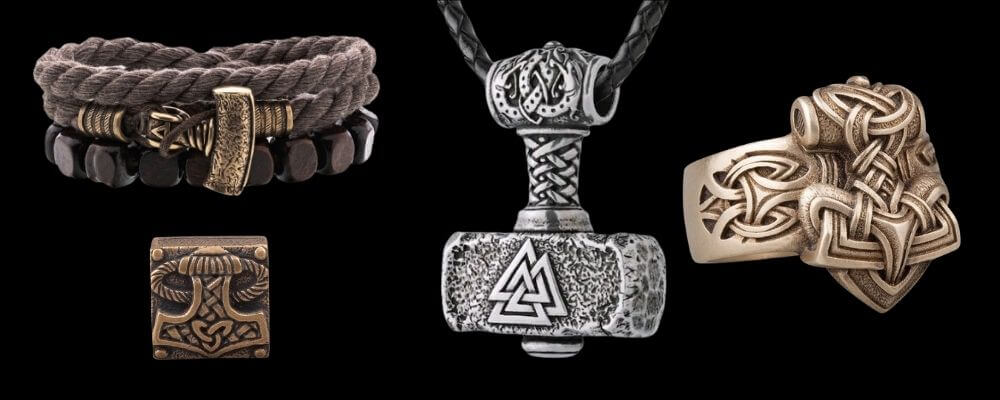
He is a prodigious eater and drinker, like we see in the movies, but his mode of travel was different. Thor didn’t need the Rainbow Bridge to pass between the worlds. He was the only god strong enough to wade through the boiling waters that separate the worlds. When he did travel, he often uses a chariot drawn by goats, something that we don’t see in the Marvel version.
In the Marvel universe, it is suggested that only the worthy have the ability to lift Thor’s hammer. So far this has included Thor, Captain American, and (spoiler) Jane Foster. But there is no evidence of this aspect of Thor in Norse mythology. Though it does suggest that Thor needed special gloves and belt to enhance his strength to wield the special weapon.
2. Odin
The Odin of Marvel looks very much like the Odin of Norse mythology, a slightly older and grizzled warrior, missing an eye. But he didn’t lose the eye in battle. According to the Viking stories, Odin plucked out his own eye in order to take a sip from the well of wisdom.
The Marvel Odin is portrayed as a king-like figure who rules Asgard, and this is more or less correct. He was the king or chieftain of Asgard, commanding by strength rather than bloodlines alone, much like the Viking chieftains.
But the Marvel comics gloss over many of the other important elements of the god Odin. While Thor is the ideal warrior, it is Odin who is the god of war and warriors asked Odin for success in battle. He was also the god of Wisdom, and shared with mankind knowledge of writing, poetry, and sorcery among other things. Odin was also known to be a wanderer, and often abandoned his post at Asgard to wander the worlds.
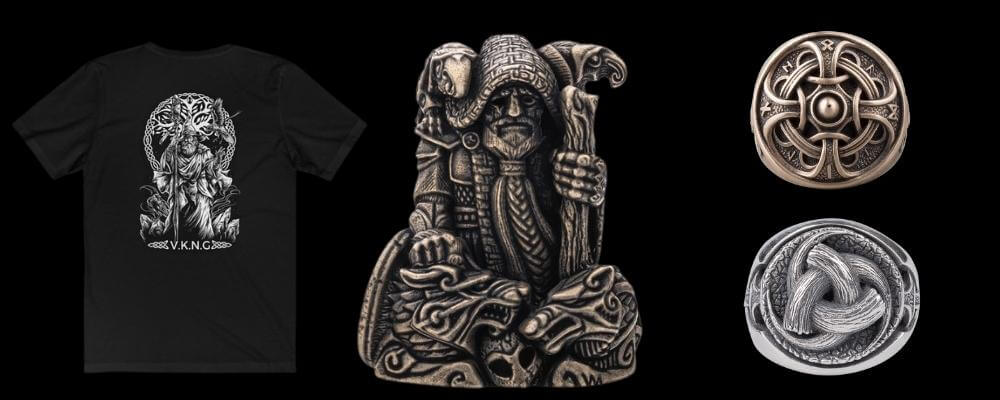
We see Odin go wandering in the movie Thor: Ragnarok, where he dies before the final destruction of Asgard. This is not accurate. According to the Ragnarok myth, Odin will lead the army of gods and fallen warriors from Valhalla in the final battle, when he will be killed, devoured by the great wolf Fenrir.
3. Loki
One of the biggest problems in the Marvel universe is that they represent Loki as an adopted son of Odin, adopted by the god when he was a baby, and therefore the adopted brother of Thor.
In reality, the giant Loki and the god Odin chose to make a blood brotherhood pact, which allowed Loki to live in Asgard alongside the gods. So, he was more like an uncle to Thor. This change displaces all of Loki’s familial relationships in the Marvel universe.
The Loki in Marvel appears sometimes as an ally and sometimes as an adversary of the Norse gods, and this is more or less true to the legend. Loki would often get the gods into trouble with his mischief, but then he would help the gods solve the problem.
This saw him and Thor sharing various adventures. For example, Loki accompanied Thor into the land of the giants where the two were forced to engage in many trials to prove themselves worthy.
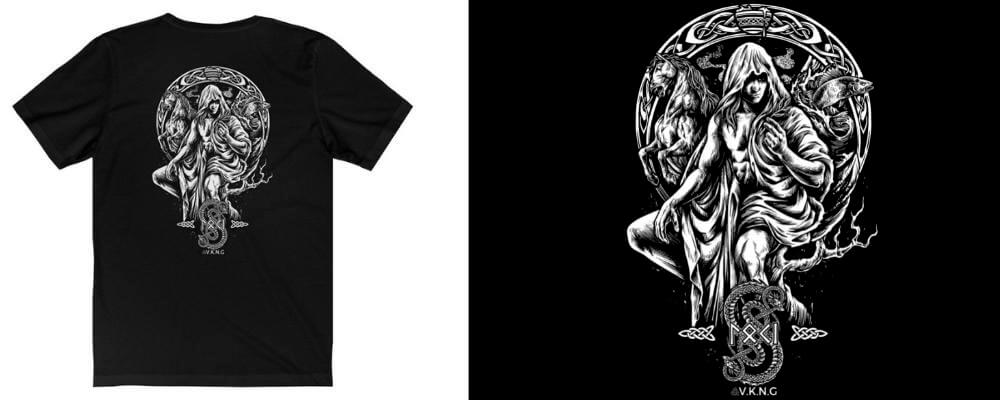
The other big problem with Marvel’s Loki is his redemption arc, as he fights alongside the gods at Ragnarok. The reality is that Loki and the Asgardians had a permanent break in their relationship shortly before Ragnarok as a result of the role of Loki in the death of Baldur, another son of Odin. Loki was imprisoned and tortured, and all of his children were either imprisoned, banished, or killed.
Far from fighting alongside the gods to redeem himself at Ragnarok, Loki was one of the leaders of the army of giants and the dead that attacked Asgard and eventually destroyed the world. Ragnarok was Loki’s ultimate revenge on the Aesir gods.
4. Hel
Hel is another character significantly misrepresented by the Marvel universe. The Hel of Norse mythology was a child of Loki with the giantess Angrboda, along with the mighty wolf Fenrir and the serpent Jormungandr.
The gods so feared the offspring of this monstrous union that they imprisoned or banished them all. Fenrir was chained to a rock on a deserted island. Jormungandr was thrown into the waters that surround Midgard, and Hel was sent to the underworld. Odin sent her there to rule, but she was nevertheless banished.
While Hel stayed in the underworld, where her power was absolute, she was not unknown to the rest of the universe as we see in the Marvel movies.
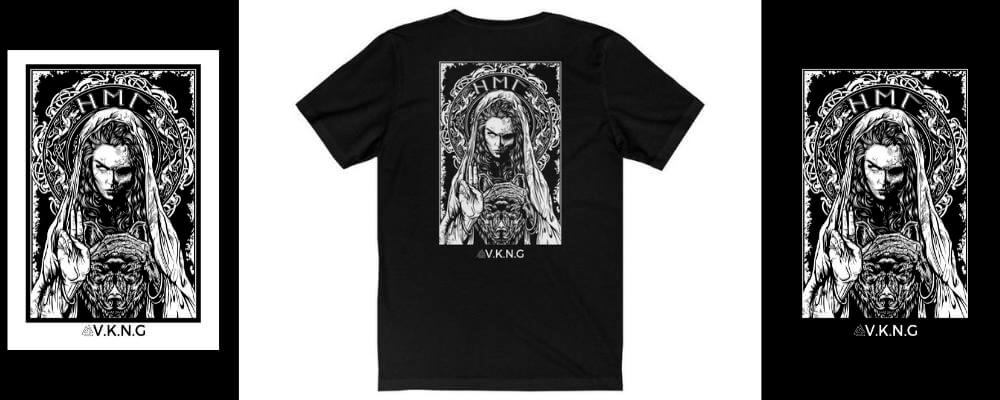
She does join the attack on Asgard at Ragnarok. She leads an army of the dishonorable dead from the underworld to Asgard in ships made from the fingernails and toenails of the dead. Her father Loki accompanies her on the ship.
But while these details might differ, Marvel does get right that Hel wants revenge on the Aesir gods for the way that they treated her.
5. Asgard
While Asgard isn’t technically a character, it plays such an important role in the Marvel movies that it is worth mentioning here.
In the surviving myths, Asgard is described as a grand fortified city, though the fortifications are incomplete. Within the city are a number of great halls, belonging to the different gods.
Thor lives in Bilskirnir (lightning crackle), which is a large castle-like enclosure with 540 rooms. Odin lives in Gladsheim (radian home), which also contains the great hall of Valhalla where the souls of brave fallen warriors dwell. Forseti, the god of law and justice, lives in Glitnir, which has pillars of red gold and a roof gilt in silver.
While the Asgard that we see in the films might not exactly match this description, the idea that Asgard was a grand citadel that was much more elaborate than human cities is preserved.
The hall of Heimdall at the entrance to Asgard also appears in the movies. He stayed here so that he could guard the Rainbow Bifrost Bridge. This is another thing that the movies get more or less right.
6. Yggdrasil
Yggdrasil is another element of Norse mythology that isn’t really a character, but it is so central to the Norse universe that it is worth looking at.
In the Marvel cinematic universe, Yggdrasil is described as a constellation that links the nine realms of existence through a cosmic channel.
This astrological depiction of Yggdrasil is necessary to align the idea of Yggdrasil with the astrology of the current world in which the Marvel movies are set.
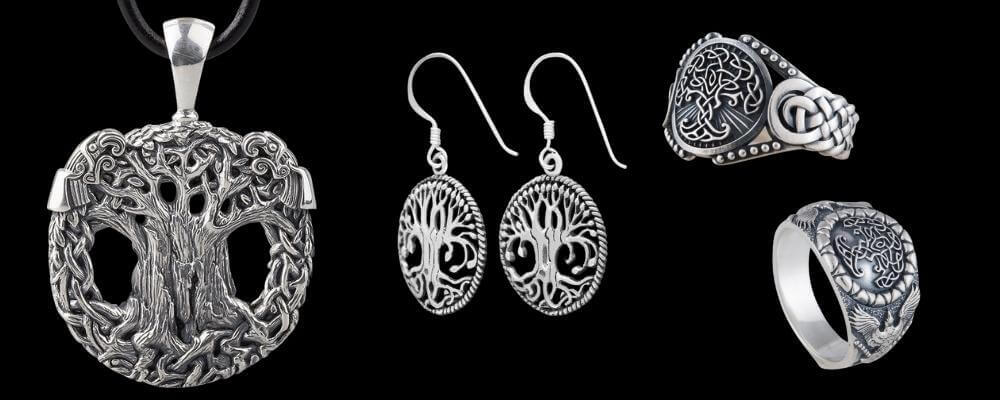
In Norse mythology, Yggdrasil was a great tree that connected the nine realms of the Norse cosmos, which were tucked into its roots and branches.
So, while the descriptions are not exactly the same, the Marvel universe does a pretty good job of dealing with Yggdrasil.
7. Elves
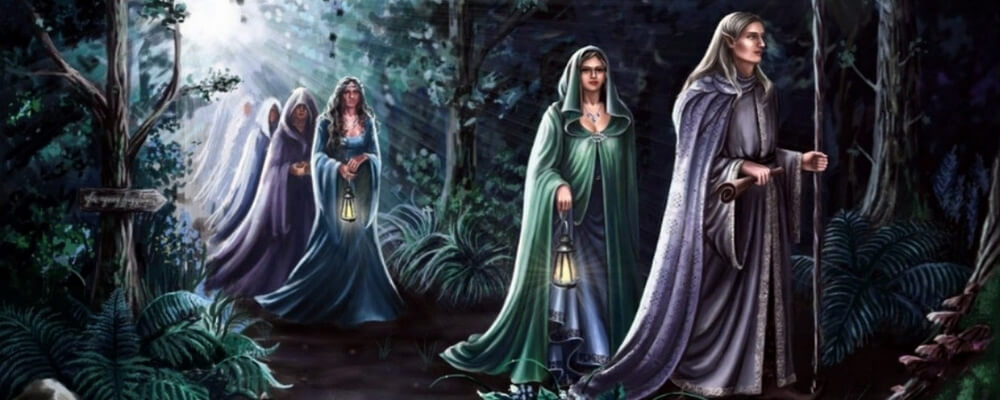
Two types of Elves appear in Norse mythology, light elves and dark elves. While it is very broad stroke, you could say that the light elves are like Tolkien’s elves, and the dark elves are like Tolkien’s dwarves.
Light elves lived in a world called Alfheim and were considered demi-gods, and beautiful beings closely associated with nature.
The dark elves preferred the dark underground and were the master craftsmen of the Norse cosmos. Their homeworld is called Svartalfar.
The dark elves appear in Thor: The Dark World as enemies of the Asgard gods. They are described as coming from a world of endless darkness and determined to destroy the universe.
This doesn’t match up with legend, in which the relationship between the gods and the dark elves seems more or less cordial. The dark elves made various treasures for the gods, including Thor’s hammer Mjolnir.
Marvel then reuses the dark elves in Avengers: Infinity War with the character Eitri played by Peter Dinklage. This character is a master blacksmith who makes a weapon for Thor after his hammer is destroyed, so this is more in line with the traditional Norse image of the dark elves.
What do you think?
So, there you have it, a cheat sheet for some of the main things that the Marvel universe changes about Norse mythology. What do you think? Are you happy with the way that Marvel has adapted the legends to create their own universe?
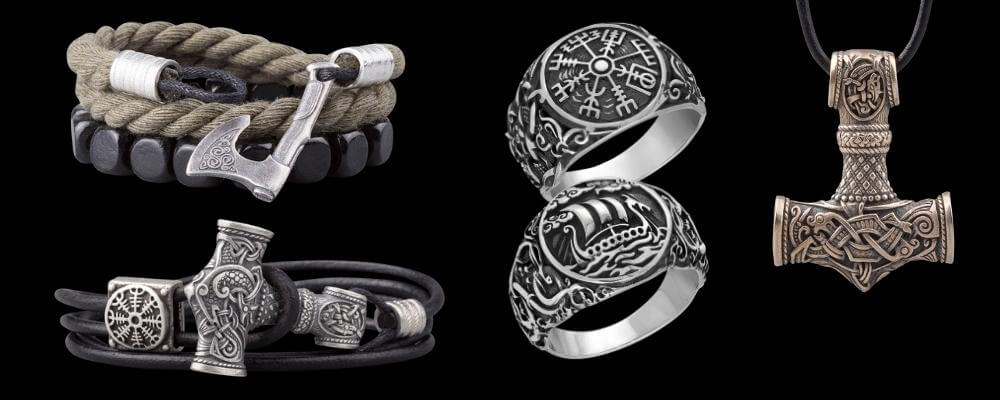
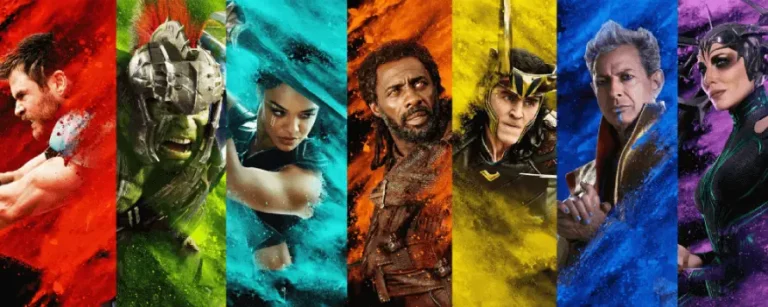



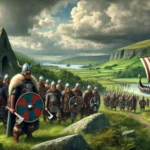
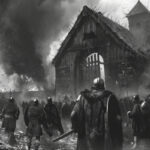
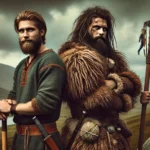
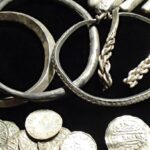
This is extremely helpful, so thank you! I think there is a typo where the last word of the first paragraph in the Loki section is “Odin” but I think should be “Thor.” Overall very impressive!
Thanks for the feedback, and picking up on that typo, eeep!!